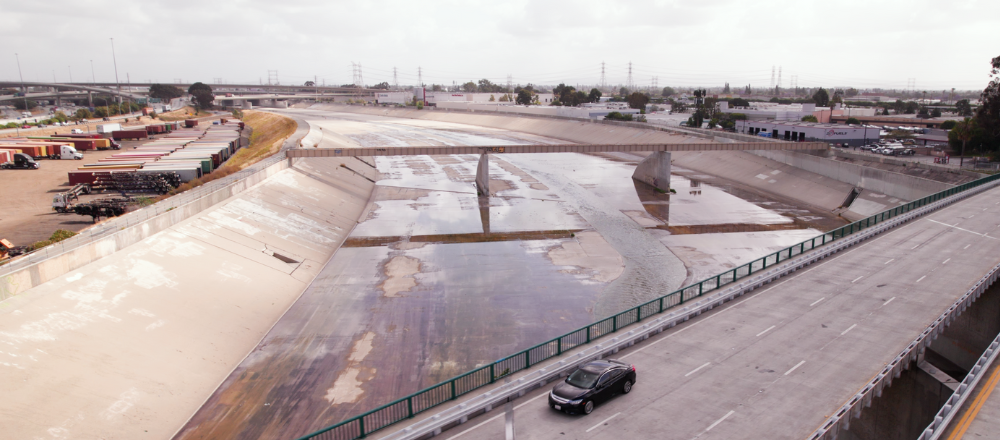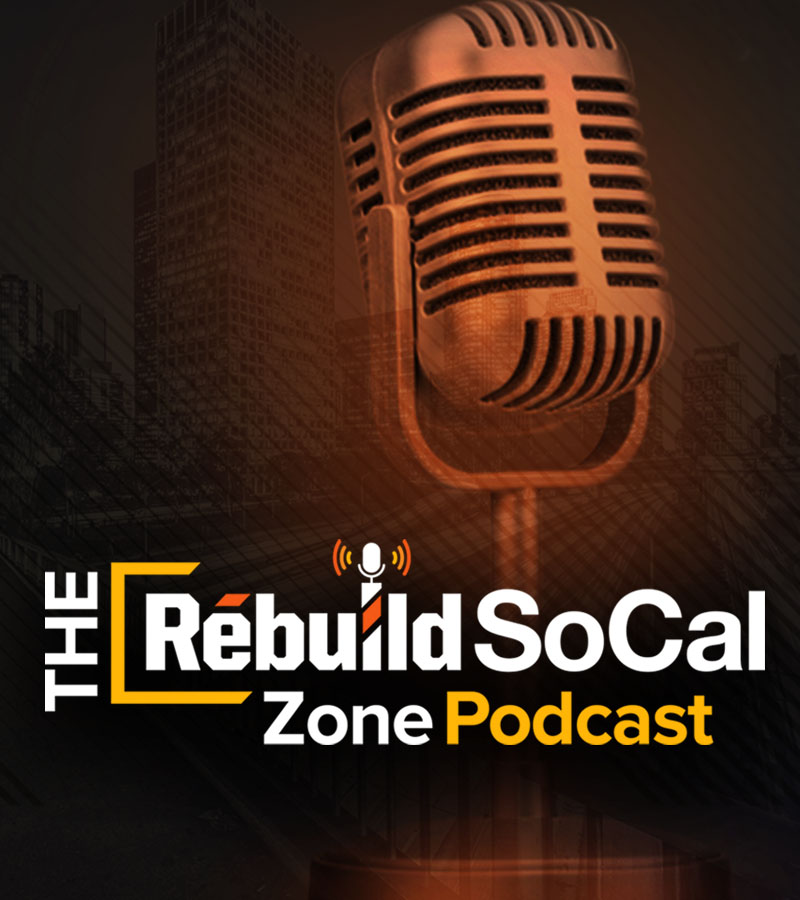According to recently published research from UCLA, California faces dramatic increases in “megastorm” risk due to global warming.
In an interview with the UC Riverside News, Kurt Schwabe, associate Dean of the School of Public Policy and professor of environmental economics at UC Riverside, says the report provides “further justification for significant and continued investments in updating our water infrastructure, which has been overlooked for too long.”
Pre-climate change, this type of flood typically happens every 100 to 200 years. However, there is now a 1 in 50 chance of the event every year.
What would a “megastorm” look like? During the month-long weather event, the hills around Los Angeles could get 2 inches of rain an hour. The state could see an average of 16 inches of precipitation, with some mountainous areas getting up to 100 inches of snow. In addition to flooding, the rainfall would mean devastating landslides and debris flows. The economic impact could be as much as $725 billion – three times the damage from a severe San Andreas Fault earthquake.
Much of the infrastructure we have in California was built decades and – in some cases – nearly a century ago. When asked if California’s dams and levees are equipped to handle rainfall on this scale, Schwabe replied, “no, our dams and levees aren’t equipped to handle rainfall on the scale considered in the paper.” He cited several actions the state could take to prepare, including further investments to increase storage through aquifer capacity and surface storage development and upgrades; an increase in strategic conveyance structures to move the runoff and floods to such storage sites; and investments in headwaters and watershed landscape management.
To deal with the realities of climate change, we not only need significant investments in our infrastructure, but we need to fast-track so that not “if” but “when” the big one hits, we are prepared.
Rebuild SoCal Partnership will continue to advocate for investment in water infrastructure to benefit local workers and all Southern California communities.
Keep up-to-date on essential infrastructure issues by signing up for the Rebuild SoCal Partnership newsletter. Follow us on Facebook, Twitter, and Instagram, and listen to The Rebuild SoCal Zone podcast.

